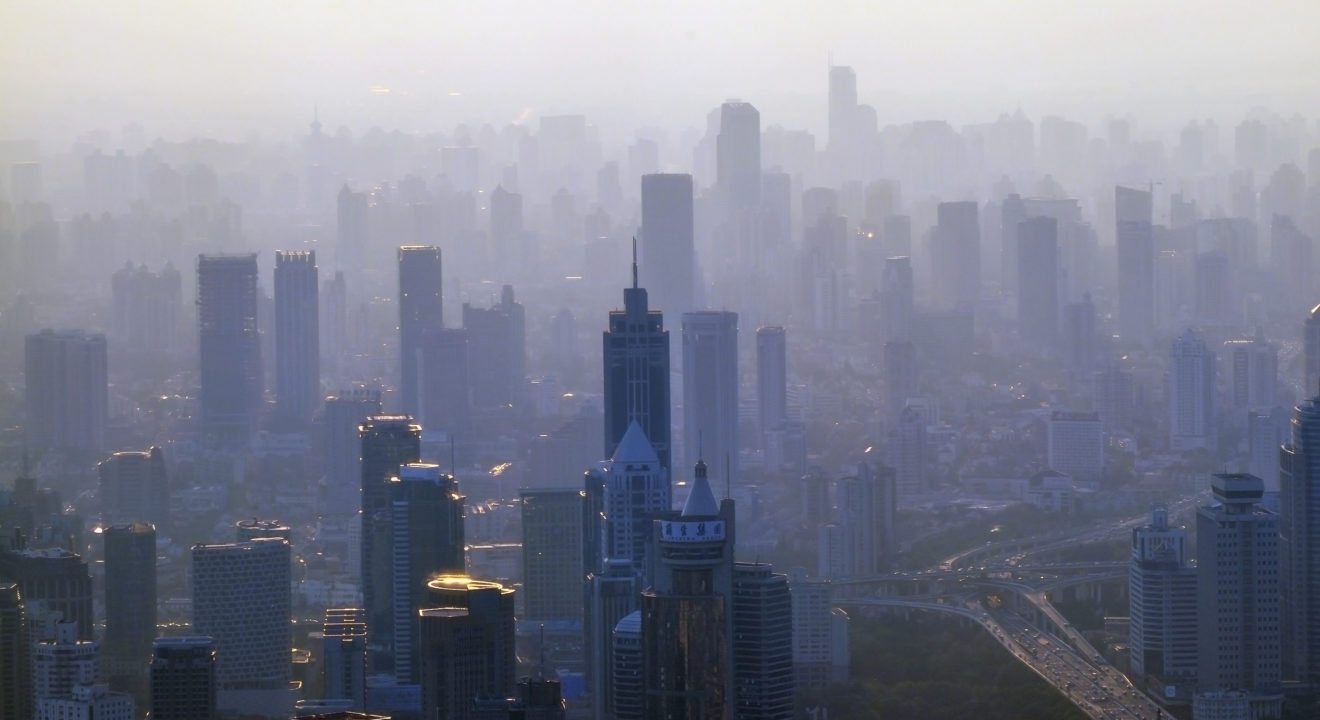Sustainability October 19, 2016


America’s big cities – New York City, Los Angeles, Austin, Chicago – make up only two percent of all the land in the United States. With such a low space occupancy, these cities’ emissions must be proportional, right?
Wrong. A whopping 70 percent of America’s global greenhouse gas emissions are attributed to our cities, with a land occupancy to emission ratio of 1-35. Because of the soaring population in metropolitan areas, America’s carbon footprint has increased by “11-fold since 1961.” With such alarmingly disproportionate numbers, what can our cities do to reduce CO2 emissions and plan for a cleaner, healthier and better future? Here are four ways that cities can reduce their carbon footprint.
In a publication by the International Society of Sustainability Professionals, transportation accounts for “about 15% of carbon emissions” and poses a big problem to the “climate change problem.” In most of the United States, cars are the primary mode of transportation, especially in spaced-out suburbs.
To get Americans to use alternative modes instead of the much easier automobile, local governments should encourage the use of public transportation and bikes with incentives. In fact, this has already been done in Clark County, WA, where employees are given “two hours of vacation time” every time they use an alternate mode of transportation like public transit, biking or carpools.
But before we talk about incentives, biking and public transit need to become more efficient and convenient to Americans. Public transit is not always reliable and bicycling might not always be safe. Creating more bus, train and metro routes, enacting a strict schedule, cutting costs and offering “subsidized bus passes” will make this option more appealing.
In addition, cyclers need better infrastructure on the roads, legal and physical protection on the roads and ample bike facilities for storage and parking. For example, in Chicago, there is a parking garage in Millennium Park with two stories for bikes to park for free. Additional incentives can also include “carpool parking places, pay to ride or bike, or insurance by the mile.”
Energy used for “industrial processes and buildings” take up 30 to 35 percent of the pie chart—the largest slice. So what can we do to reduce our energy consumption? To start with, use energy efficient LED light bulbs. LED lights do not “emit as much heat as incandescent or fluorescent light bulbs” which gives them a longer life span, consequently “cutting maintenance costs.”
These lights can be used on homes, street lights or traffic lights. In 2007, Raleigh, NC, became the first “LED city.” They have seen “40% reduction in energy costs.” Other cities like Toronto, Ann Arbor and Austin have followed suit after Raleigh.
Solar, wind, geothermal, low-impact hydro and biofuels are sources of renewable energy. A policy of granting “energy tax credits” to companies who buy “green power” would incentivize buildings to choose sustainable sources of energy. Massachusetts enacted the “Green Communities Act” in 2008 to promote “renewable energy.” It required that “utility companies form contracts with renewable energy companies that need monetary support.”
Waste takes up a smaller portion of the pie; only four percent is attributed to greenhouse gas emissions. Inventive methods need to be developed that will transform how we take care of our waste. One method is to reward homeowners for recycling with “weighable recyclables,” in which sanitation workers weigh the recycle bin and provide compensation based on weight to incentivize energy efficient ways of removing waste.
Creating “product stewardship” programs to make products from reused waste is a great way to make use of recycled products. Another thing that can be created from waste—energy! The publication suggests that “instead of dumping [waste] in a landfill” why not make real use of waste by generating fuel? EFW or “Energy from Waste” are facilities that process waste for make fuel; however, concerns have emerged over some unresolved kinks and a greater need for control over “pollution and heavy metals.”
For example, Montgomery County, MD, has an “Energy Resource Recovery Facility” called “Covanta” that processes approximately 1,500 tons of solid waste daily. The waste produces 55 megawatts of energy, enough to power 40,000 resident homes in the area.
We can explore how structures and objects can be optimized for energy efficiency by developing sustainable building designs. Installing a ventilation system can reduce the need for air conditioning, which can keep your carbon footprint and electricity bill low. Replace your windows with fiber glass and wood frames, add improved insulation and high thermal mass ceilings to circulate the air. These small details add up to improve the quality of your workplace, buildings and cities.
Sometimes environmental issues don’t seem like an imminent threat, but that doesn’t mean we shouldn’t start preparing now. Investing in ways to improve the quality of life will ensure that there is a future of prosperity, growth and life on this planet.